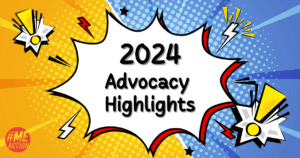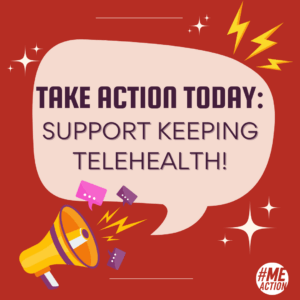Update on the NIH Research Funding totals
August 7, 2017
In July the National Institutes of Health (NIH) released the updated financial data for categorical research spending. These figures include updated estimates for Fiscal Year (FY) 2017, ending September 30, 2017. The Solve ME/CFS Initiative is disappointed to report that the projected estimates for FY 17 are being reported at lower numbers than expected.
Late last year at the International Association for Chronic Fatigue Syndrome / Myalgic Encephalomyelitis (IACFS/ME) in October of 2016 Vicky Whittemore of the NIH addressed the ME/CFS community. As Science Magazine reported, “Vicky Whittemore, the agency’s CFS point person in Bethesda, Maryland, delivered on a promise that NIH Director Francis Collins made last year by announcing that NIH spending for research on the poorly understood disease should rise to roughly $15 million in 2017, doubling the estimated $7.6 million handed out in 2016.” (http://www.sciencemag.org/news/2016/11/nih-double-funding-chronic-fatigue-syndrome-patient-distrust-remains)

This recent update earlier this month confirms that the optimistically anticipated $15 million will not materialize in FY 17. The update also confirmed the fears of many ME/CFS stakeholders that the NIH is planning to slow down its research investment in FY 18. The updated figures from the NIH Categorical Funding Estimate also anticipate a decrease of $2 million for ME/CFS research in the estimated FY 18 funding cycle.

These estimates are not finalized until the fiscal year closes and these estimates are very likely to change based on the quantity and quality of research grant applications submitted. But, these first glimpses into the future of NIH investment in ME/CFS are not encouraging after the gradual progress in the past 4 years. It is important to note that the review process for the much anticipated NIH funding opportunity announcements for Collaborative Research Centers (CRCs) and Data Management and Coordinating Centers (DMCCs) is ongoing. While it is clear that initial first year funding for these projects is likely secure, there is less certainty associated with funding for subsequent years. There continues to be speculation regarding additional support for promising, yet unfunded, consortium applications that were not initially selected in the current application review process
To view the entire NIH categorical spending estimate report visit: https://report.nih.gov/categorical_spending.aspx
Late last year at the International Association for Chronic Fatigue Syndrome / Myalgic Encephalomyelitis (IACFS/ME) in October of 2016 Vicky Whittemore of the NIH addressed the ME/CFS community. As Science Magazine reported, “Vicky Whittemore, the agency’s CFS point person in Bethesda, Maryland, delivered on a promise that NIH Director Francis Collins made last year by announcing that NIH spending for research on the poorly understood disease should rise to roughly $15 million in 2017, doubling the estimated $7.6 million handed out in 2016.” (http://www.sciencemag.org/news/2016/11/nih-double-funding-chronic-fatigue-syndrome-patient-distrust-remains)

This recent update earlier this month confirms that the optimistically anticipated $15 million will not materialize in FY 17. The update also confirmed the fears of many ME/CFS stakeholders that the NIH is planning to slow down its research investment in FY 18. The updated figures from the NIH Categorical Funding Estimate also anticipate a decrease of $2 million for ME/CFS research in the estimated FY 18 funding cycle.

These estimates are not finalized until the fiscal year closes and these estimates are very likely to change based on the quantity and quality of research grant applications submitted. But, these first glimpses into the future of NIH investment in ME/CFS are not encouraging after the gradual progress in the past 4 years. It is important to note that the review process for the much anticipated NIH funding opportunity announcements for Collaborative Research Centers (CRCs) and Data Management and Coordinating Centers (DMCCs) is ongoing. While it is clear that initial first year funding for these projects is likely secure, there is less certainty associated with funding for subsequent years. There continues to be speculation regarding additional support for promising, yet unfunded, consortium applications that were not initially selected in the current application review process
To view the entire NIH categorical spending estimate report visit: https://report.nih.gov/categorical_spending.aspx




